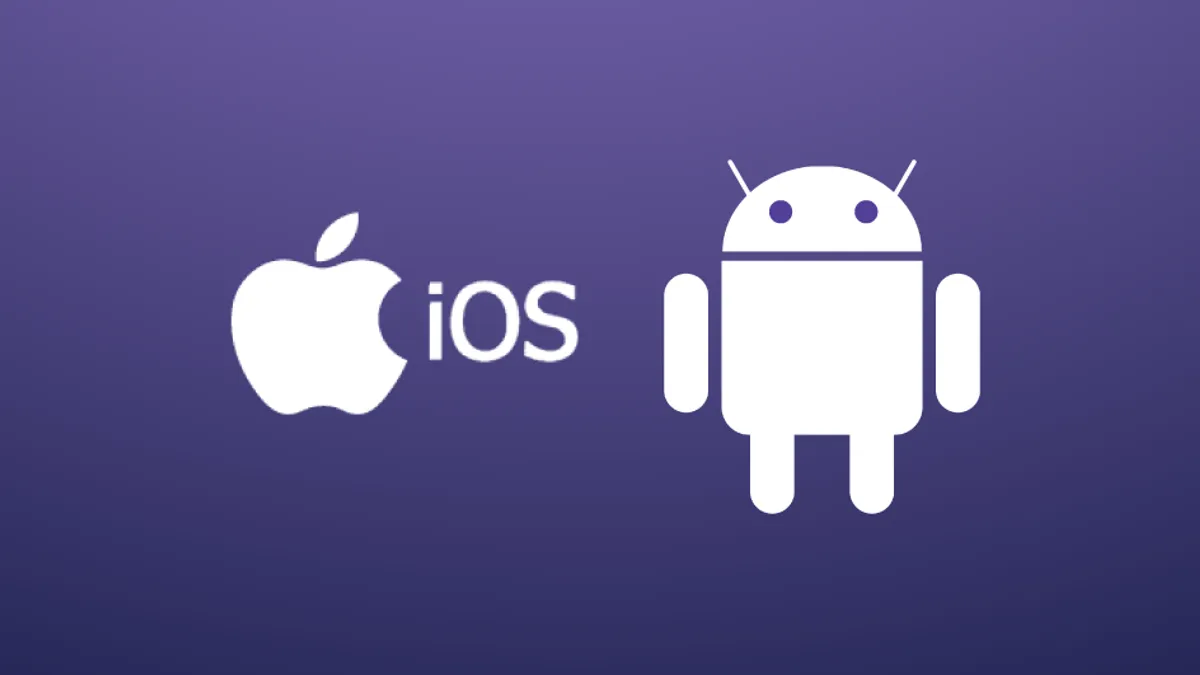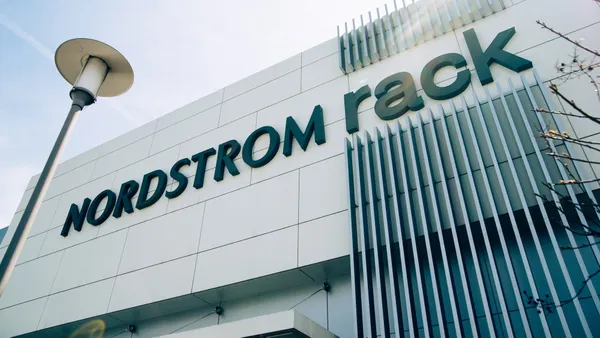Android and iOS are both global market leaders when it comes to retail devices. iPads are commonly for easy-to-use point of sale (POS) terminals, and iPhones make for great mobile POS devices. Android devices, too, are common for point of sale tablets, as well as more diverse form factors like self-checkout kiosks, inventory scanners, or dynamic digital signage.
Retail innovators like Amazon, with its Amazon Go in-store checkoutless technology, are driving increased urgency in delivering differentiated digital experiences through devices, causing others to reconsider their device strategy and the hardware they choose to enable it across different use cases. As retailers think through their future hardware strategy, they must weigh the pros and cons of investing in Android and iOS platforms, among others.
iOS:
-
Pros: Consistent experiences in form factor and UI, quality perception, reliability, security
-
Cons: Less diversity, premium cost, less customization
Android:
-
Pros: Global familiarity, hardware diversity in form factor (including ruggedized) and cost, customization, large app developer network, cost-effective options, security
-
Cons: Navigating a complex ecosystem with more decisions (AOSP vs. GMS, anyone?)
The reality is that often there’s a need for both. For retailers with complex needs, such as orchestrating multiple device use cases or managing devices across multiple regions, you may want to be able to pick and choose the best for both. That could be having iOS devices for the in-store experience and Android devices for the backroom inventory management, or iOS devices in your US stores and Android devices in South American stores.
It also comes down to the experience you want to offer — are you looking for a custom option that fits a specific vision, or is a reliable, familiar experience ideal? With iOS, you get instant familiarity across all of your devices, regardless of whether they’re iPads or iPhones. With iOS, the limited customization can often lead to more predictable experiences for both developers and end users.
Android, on the other hand, is highly customizable — but it’s still not lacking in familiarity. You can create custom, refined experiences across your entire Android device fleet that simply isn’t repeatable on iOS, while keeping that Android look and feel (if you want). The ability to mix both Android and iOS devices within your fleet is truly the best of both worlds, striking the perfect balance between customizability and familiarity.
When it comes to the management and orchestration of these devices, juggling devices across multiple operating systems can sometimes be a headache. If it means working in different management systems and learning multiple ecosystems, that may be a critical factor in your decision making.
Devices should improve experiences — for customers, staff and even tech teams. With Esper, companies can manage a mixed fleet of Android and iOS devices from a single pane of glass, improving workflow efficiencies and giving IT managers a complete view. Rather than juggle completely different systems and workflows, IT managers can create one configuration and apply it to both Android and iOS devices and developers can easily push app updates and ensure end users are getting the best experience possible.
So the question is not Android versus iOS — rather, it’s whether you have a management solution to get the most out of both: deliver innovative experiences while also increasing efficiency and reducing operating costs.










